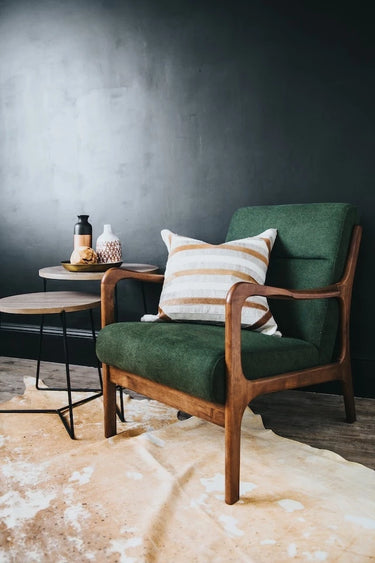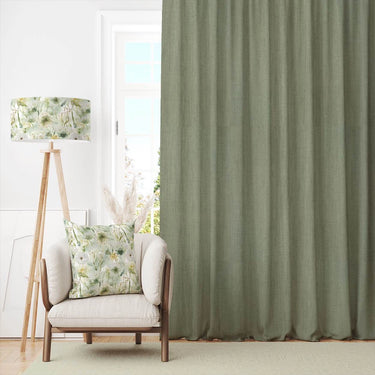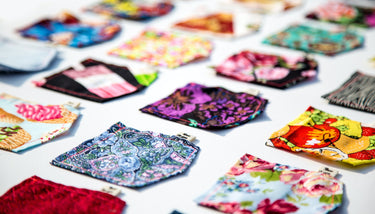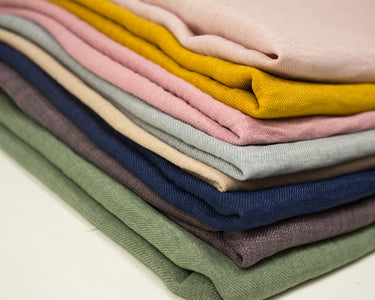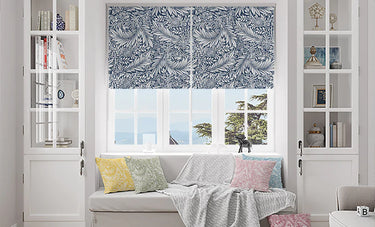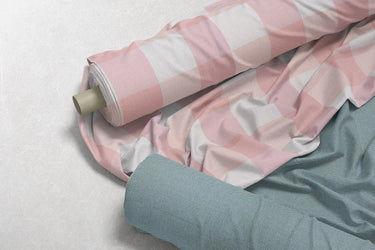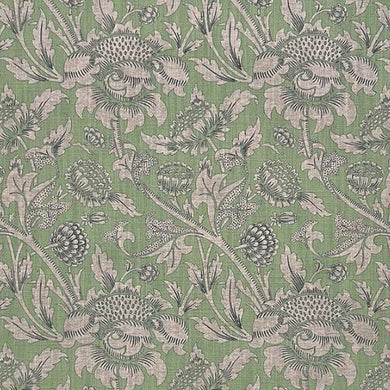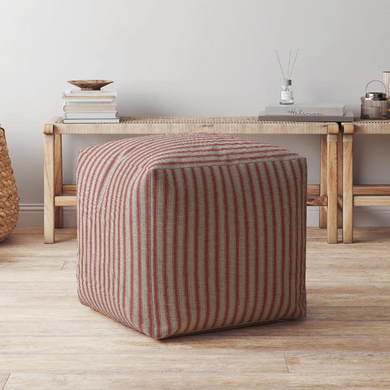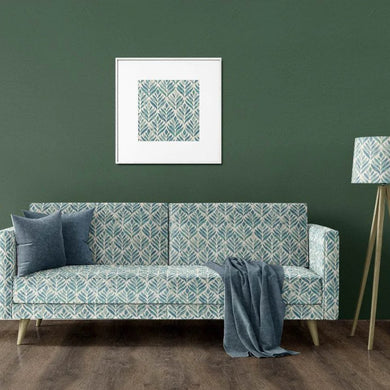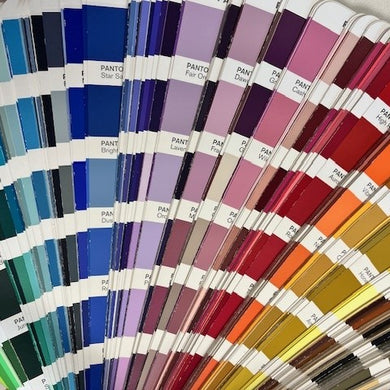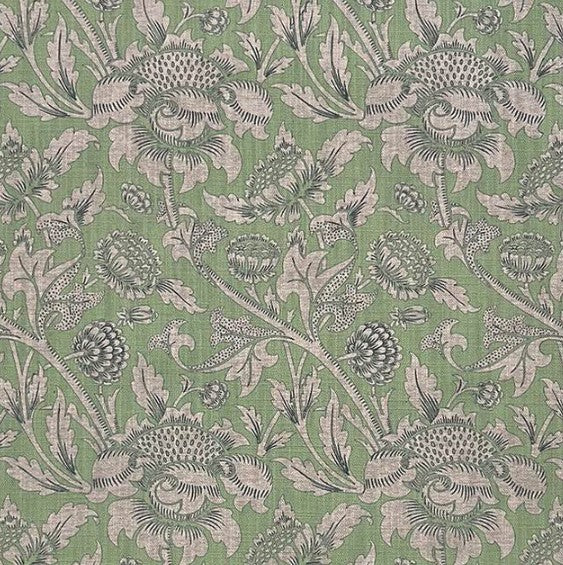

In the realm of textiles, colour plays a pivotal role not just in aesthetics but also in quality and longevity. Enter the concept of colour fastness – a crucial attribute that determines how well a fabric can maintain its original hue despite exposure to various stressors. Let's delve deeper into this fundamental aspect of fabric evaluation.
What is Colour Fastness?
Colour fastness refers to a textile's ability to retain its original colour when subjected to different types of stress, including chemical, mechanical, and environmental factors. It serves as a measure of a fabric's resilience against fading or altering its colour under adverse conditions.
Testing and Standards
To assess colour fastness, rigorous testing is conducted according to established standards. One such standard is the ISO 105, BS 2543, which provides guidelines for evaluating the colourfastness of fabrics. These tests ascertain the point at which a dyed or printed fabric undergoes colour change when exposed to specific conditions.
Factors Affecting Colour Fastness
Several factors influence the colourfastness of a fabric. These include the type of dye used, the temperature of the dyeing process, and the duration the fabric spends in the finishing machine. Each of these elements contributes to the overall resilience of the fabric's colour.
Types of Colour Fastness
The main forms of colour fastness that undergo standardized testing include:
- Lightfastness: Measures the fabric's resistance to fading when exposed to light.
- Dry Clean Fastness: Evaluates how well the fabric retains its colour after dry cleaning.
- Rub Fastness: Determines the fabric's ability to maintain its colour when subjected to rubbing or friction.
Grading System
During testing, fabrics are assigned a grade based on their colourfastness. Higher numbers indicate superior colour retention. For lightfastness, dry clean fastness, and rub fastness, grades range from 1 to 5, with 'A' representing the best result. For upholstery fabrics, a minimum rating of 4 (A) is recommended, irrespective of their end use.
Conclusion
In summary, understanding colour fastness is essential for both consumers and manufacturers. It ensures that fabrics meet quality standards and can withstand the rigours of everyday use. By adhering to established testing protocols and standards, such as ISO 105 and BS 2543, manufacturers can guarantee the durability and longevity of their products.
Next time you're in the market for fabrics, remember to look for those that boast high colourfastness ratings, ensuring that your textiles remain vibrant and beautiful for years to come.
See our Printed Upholstery Fabrics here.
See our Panton Curtain Fabrics here.
By prioritizing colour fastness, you're not just investing in fabrics; you're investing in enduring quality and timeless elegance.

